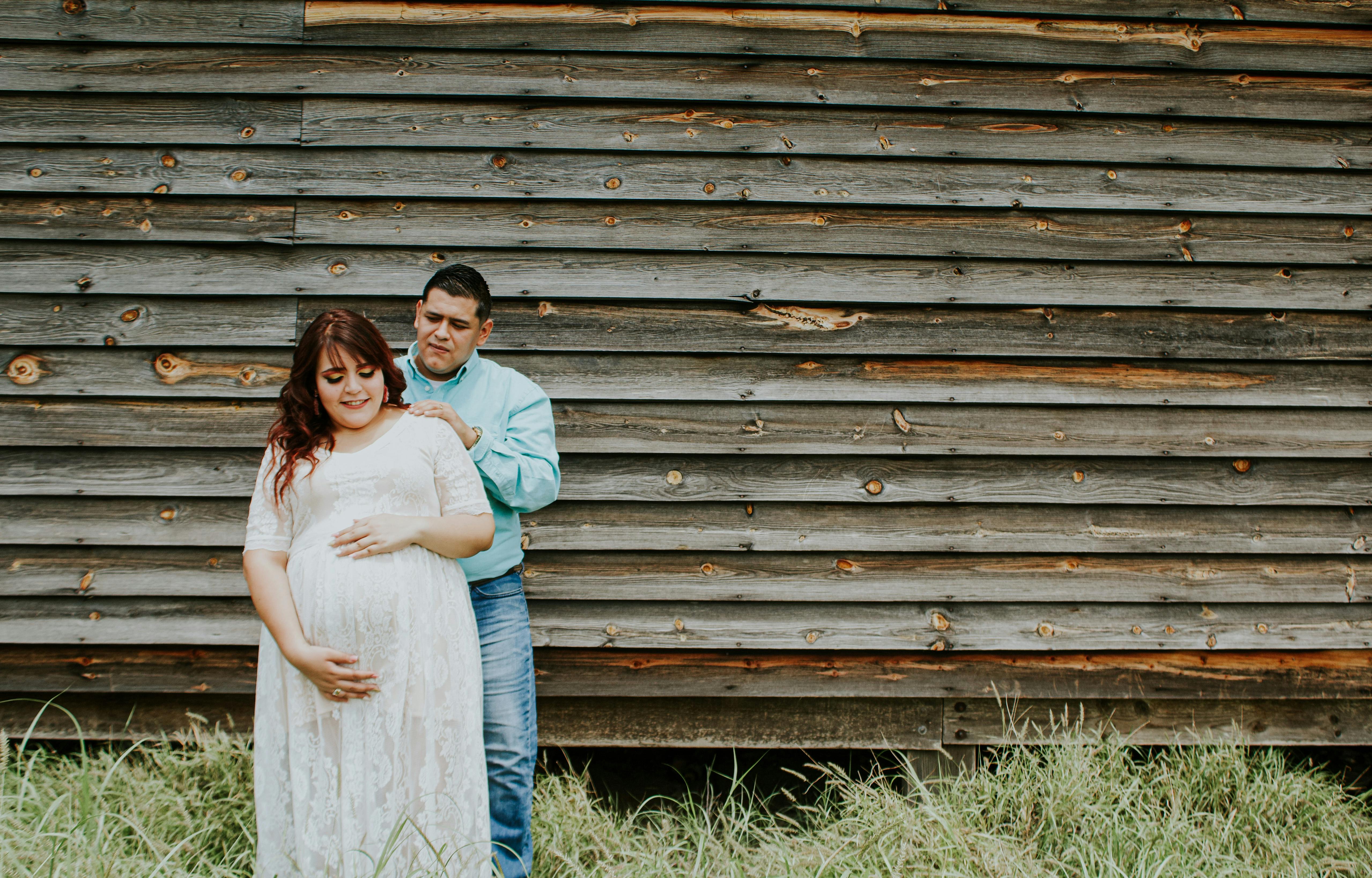If you ask most kids today what “Easter Eggs” are, they’ll probably tell you they’re undocumented features found in computer games and DVDs. Of course, when it comes to the history of Easter gifts, it refers to the brightly colored eggs. The egg tradition associated with Easter is ancient, predating the arrival of Christianity in Europe. It has long been a symbol of fertility in many cultures.
On the other hand, Easter, which in the Roman Catholic and Eastern Orthodox churches is considered the main celebration of the liturgical year, has a close relationship with the Jewish festival of Passover or Pesach, which celebrates the exodus of the Hebrews from Egypt. During the traditional seder meal, boiled eggs flavored with salt water are eaten. (In fact, the “Last Supper” was actually a Passover celebration.)
Colored eggs are also a part of traditional Easter gift baskets, and many of them are works of art. In Russia, Ukraine, the Czech Republic, and other Slavic-speaking countries, Easter eggs are painstakingly painted with elaborate geometric patterns in bright, contrasting colors such as bright whites, reds, and yellows against deep maroon black and deep blue. This method of decoration is known as pisanka.
In Iran, colored eggs have been a part of the Persian New Year celebration of Nowruz for more than 3,000 years. Nowruz coincides with the spring equinox.
In almost all of these cultures, the egg represents latent life waiting to be born: an apt metaphor for spring and for Christians, a symbol of the resurrection of the founder of their faith, Yeshua ben-Yosef, or Iesus Christos, as he was called. . in greek
In the Roman Catholic Church, Easter also marks the end of a forty-six day period of fasting and deprivation known as Lent. During Lent, it was traditional to stop eating animal meat and/or dairy products, as well as eggs. Of course, the hens did not stop laying during that time, so it was common to boil them to preserve them and avoid food waste. Hard-boiled eggs are an ingredient in many traditional Easter dishes, such as hornazo, a savory pork and egg pie eaten in Spain.
Eggs today are often not made of chocolate and are a welcome part of children’s Easter baskets. If you happen to be in Scotland during the Easter season, you might even be able to get your fried chocolate Easter egg at a fish and chip shop!
Other Easter egg traditions include numerous games, such as the Easter Egg Roll, a contest of speed in which hard-boiled eggs are pushed around with a spoon; roll eggs down steep slopes; and, of course, the ever-popular Easter egg hunt. Today it is possible to get “beeping” Easter eggs that allow visually impaired children to join in the fun as well.
